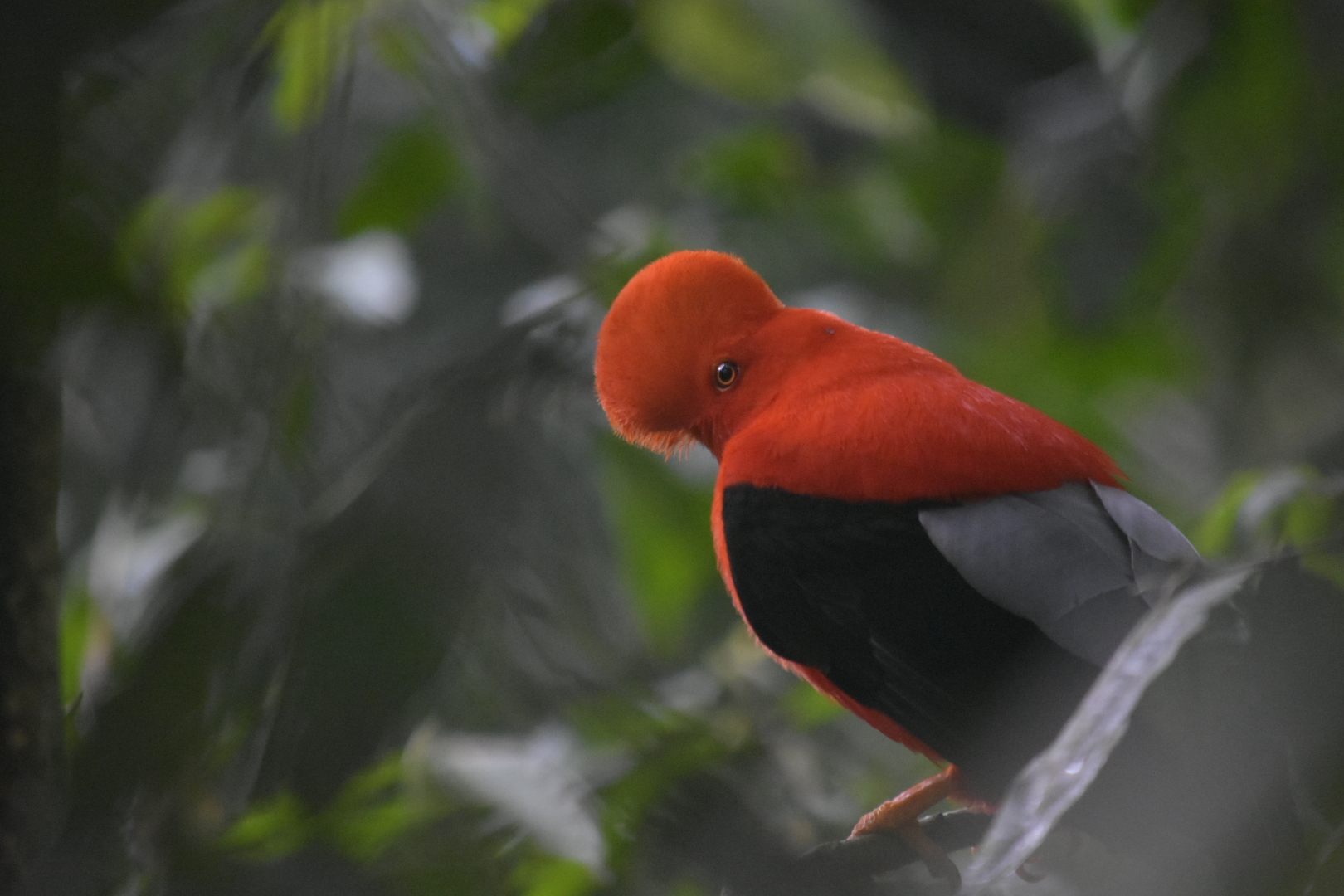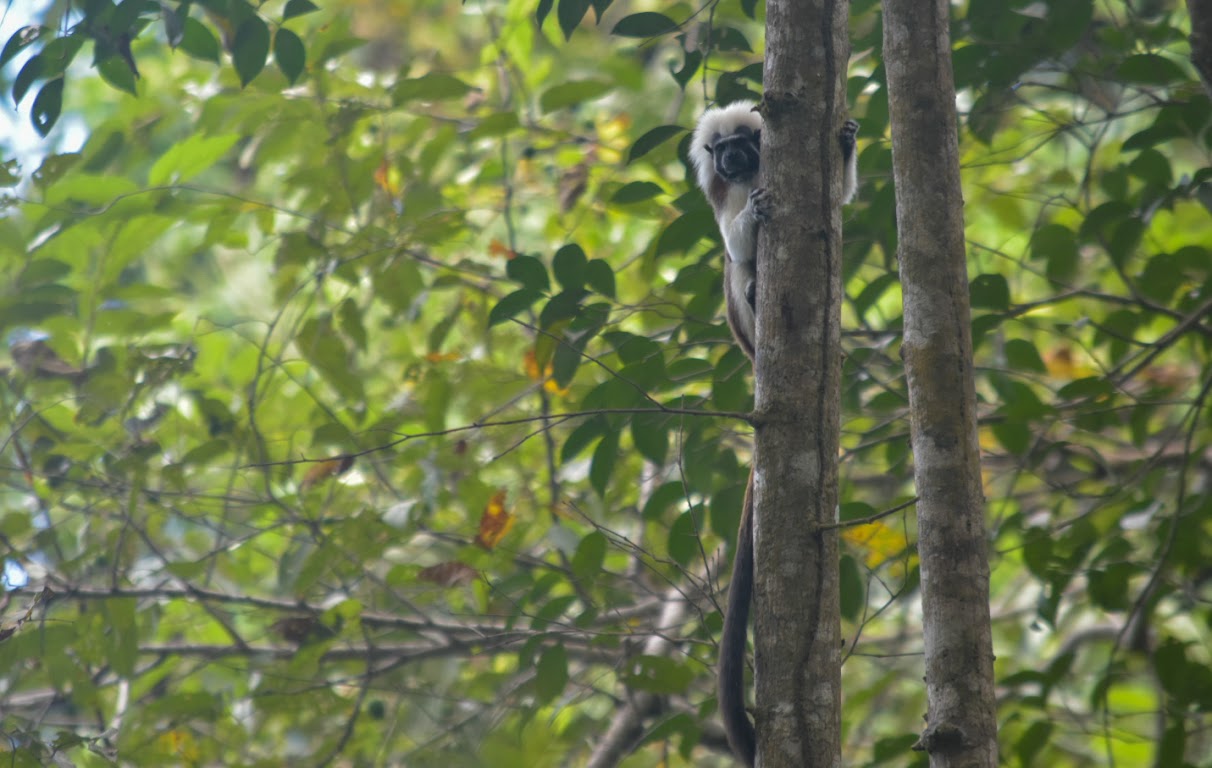How to see Wild Monkeys and Sloths in Cartagena
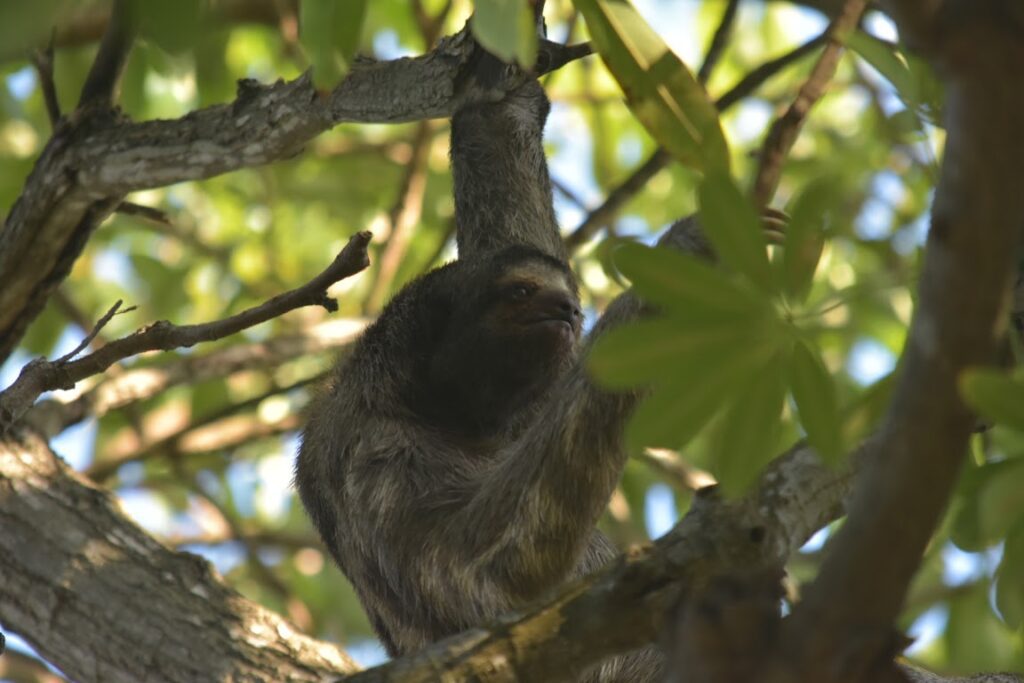
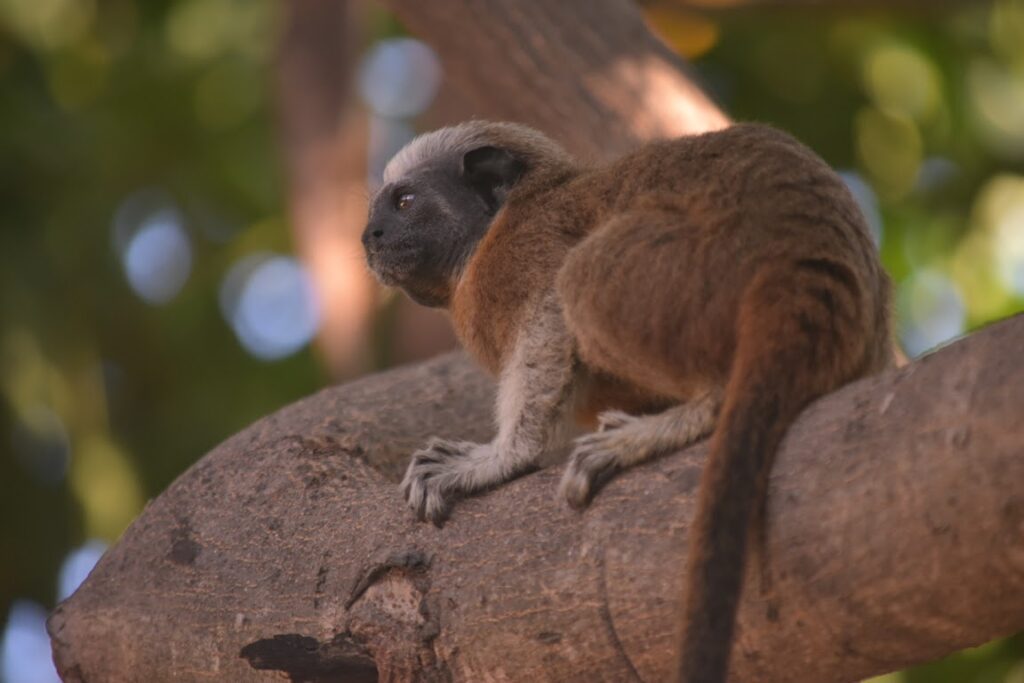
If you visit Cartagena during your travels around Colombia, you need not wait until you get to Tayrona National Park or Minca to get your nature fix. Sandwiched between the city’s two oldest and most visited districts is Parque Centenario, a slither of greenery where you’ll find wild sloths and tamarins lumbering and bouncing respectively through its trees.
Disclaimer: this post contains affiliate links. If you’d like to thank me after reading, please consider making some of your bookings through these links, since it will cost you nothing extra!
You might also like…
Info about Cartagena’s monkeys and sloths
With the nearest forest several miles away, how they got to this island of greenery is unclear. One local told me they were rescued from the pet trade by the police and released here. Another explanation, which seems a little more likely, is that their former owners, now either short of the funds or enthusiasm needed to keep these animals as pets, released them into this park in the dead of night.
Whatever the explanation, it would seem the animals are here to stay, since they’re well guarded against would-be poachers and draw small crowds of spectators throughout the day.
The tamarins consist of two species, the white-footed and cotton-top tamarins. The latter is named after the long white tufts of hair that cover its head. Both species are endemic to Colombia and endangered, threatened primarily by habitat loss and, of course, the illegal pet trade.
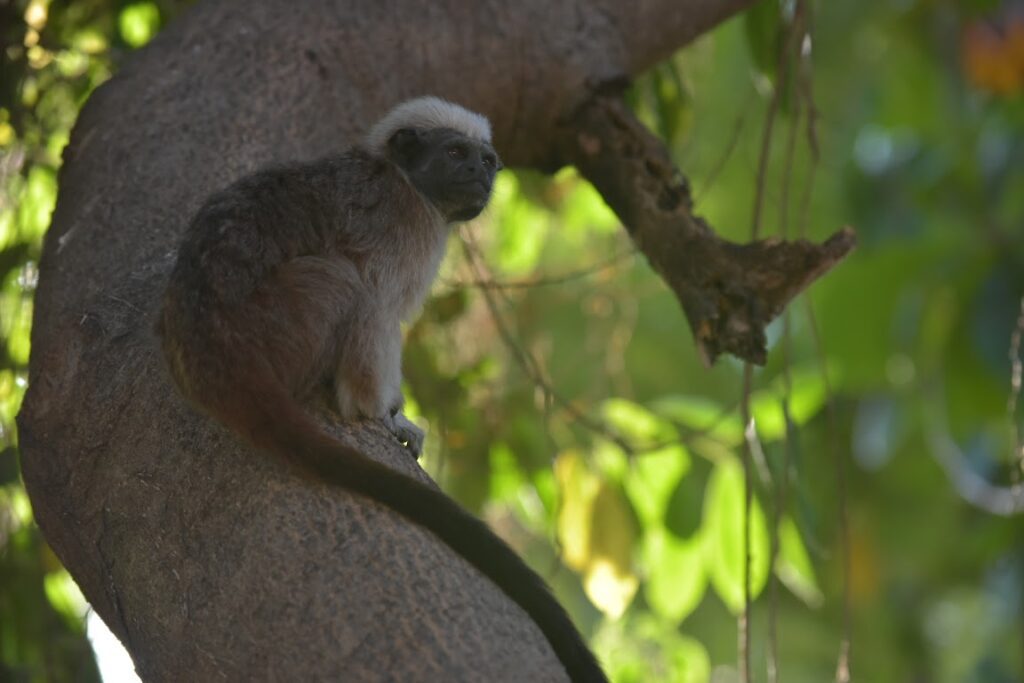
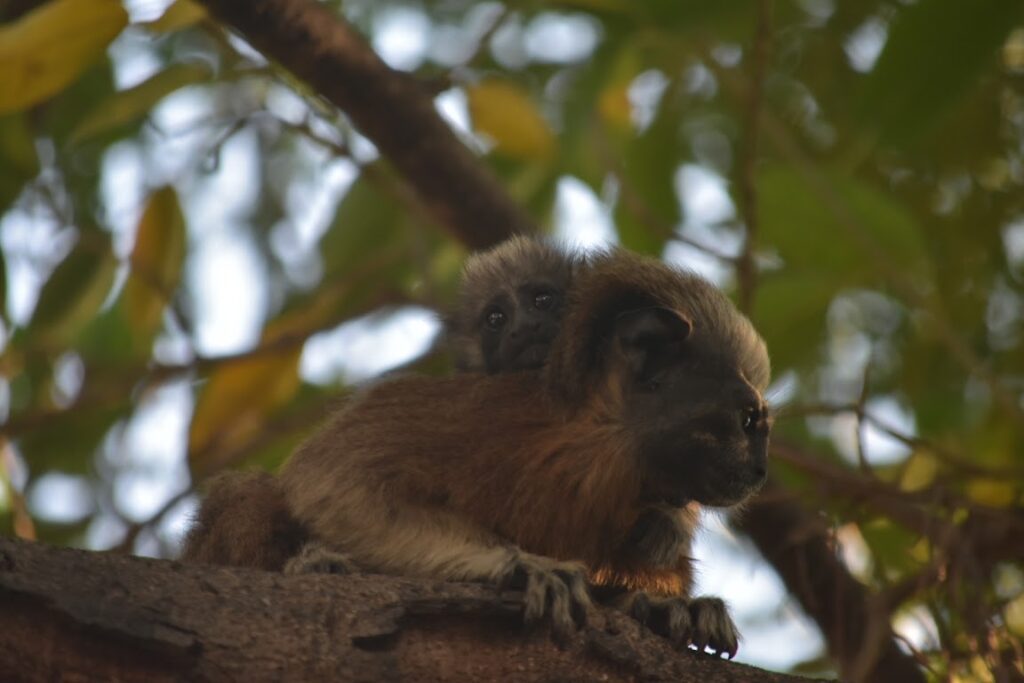
The pair of sloths in this park are both brown-throated sloths. Like other sloth species, there are many weird facts to be said about this animal, beyond its slow speed. For one thing, despite spending almost all its time in trees, it descends to the ground once a week to defecate. For another, because of its slow speed, algae grows in its fur. This is actually to the sloth’s benefit, since it makes them harder for predators to spot. Unfortunately for sloth lovers, this also makes them harder to see in the wild, but Parque Centenario is small enough that it shouldn’t be a problem, especially since they tend to hang out (pun intended) in two particular trees.
More on this in the next section.
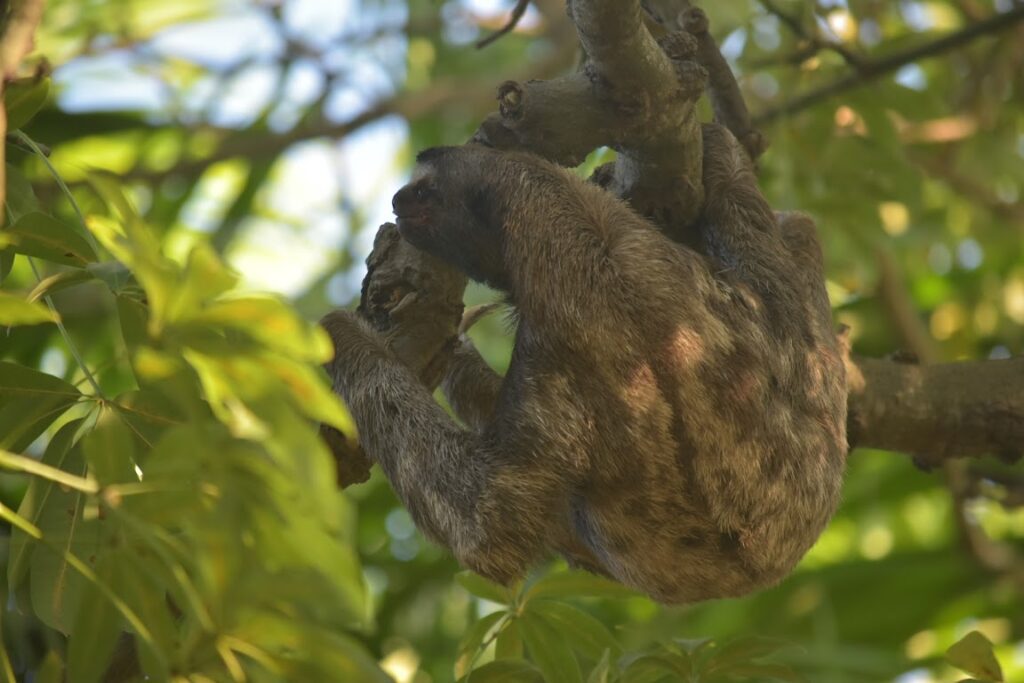
Cartagena sloth and monkey spotting tours
This short walking tour through Cartagena’s historic centre passes through Parque Centenario with the aim of finding the sloths, and given that their guides have been doing this for a long time, they’ve become seasoned sloth spotters by now. On the rest of the walk, they’ll uncover Cartagena’s layered history and point out things you simply wouldn’t have noticed on your own.
If you’d prefer something further afield, this tour to a tropical dry forest one hour away from Cartagena will take you to a hotspot for sloths and tamarins in their natural habitat, joined by snakes, butterflies and a melange of creepy crawlies.
How to find Cartagena’s monkeys and sloths independently
The trees near the park’s fountain are the best places to find the sloths. These laidback creatures can often be found lounging at the top of the branches, but keep an eye out for them at lower levels as well. You’ll likely join/ be joined by other groups of visitors seeking them. If you still have difficulty locating them, ask one of the park’s vendors, who will be happy to point them out. While they probably won’t expect any form of compensation, it would definitely be courteous to offer a few pesos or buy some refreshments from them.
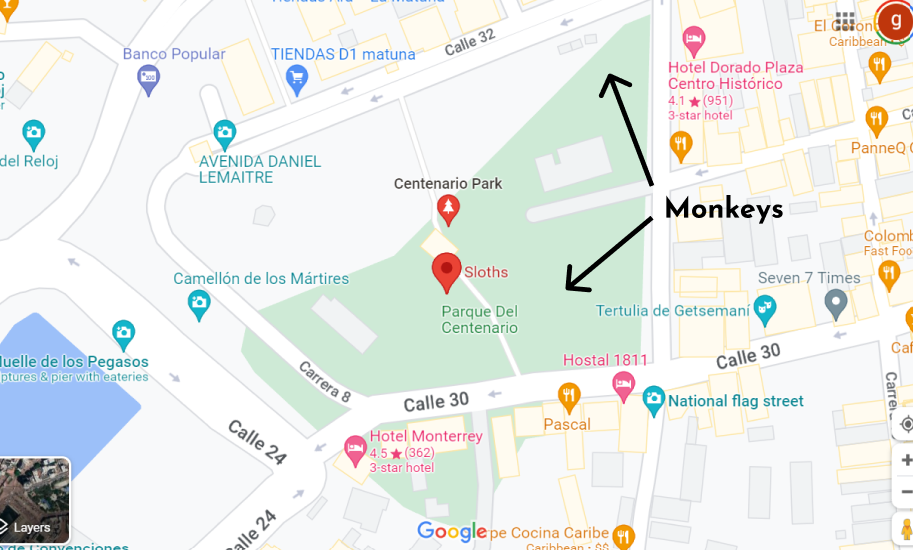
As for the tamarins, they can usually be found in the trees near the park’s eastern end (the one furthest from the clock tower). As with the sloths, a vendor should know where they are, or there should be a telltale group of spectators. However, the tamarins are also far more conspicuous since there are several of them and they can usually be seen leaping through the branches. Keep in mind that the best time to see them is during the cooler hours of the day, as they tend to be less active during the heat of the midday sun, between 12PM and 3PM.
Other wildlife in Parque Centenario
As well as the sloths and tamarins, Parque Centenario has a few other animals to keep nature lovers entertained. Green iguanas can sometimes be found resting in the branches or prowling about the lawns, while parakeets and woodpeckers can usually be seen flying about.
A quick guide to the rest of Cartagena
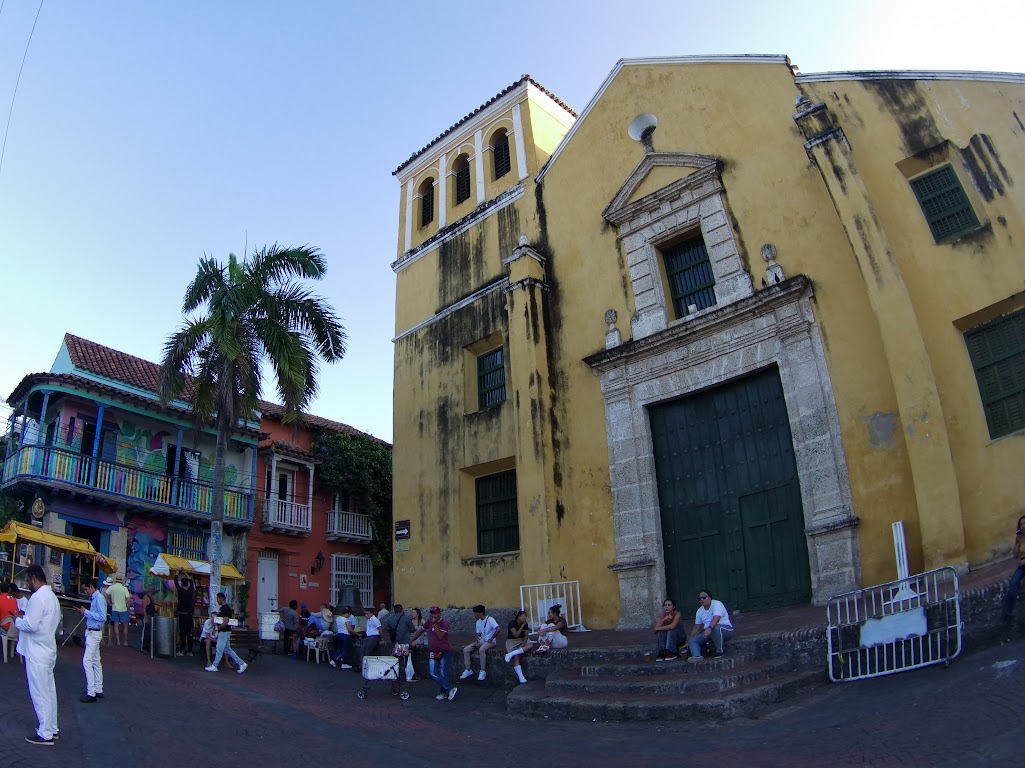
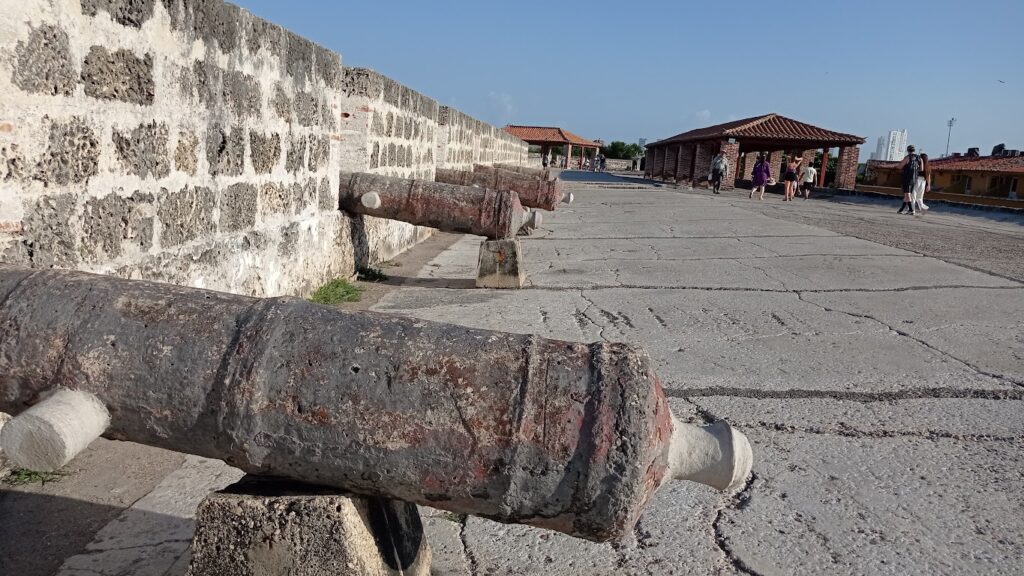
Cartagena’s old town is a district that blends Caribbean charm with a rich history. The streets are lined with brightly coloured colonial-era buildings, their balconies draped with flowers and ivy. As you wander through the Old Town, a UNESCO World Heritage Site, you’ll feel as if you’ve stepped back in time – until it’s time for an ice-cold beer. A minimarket, a lively bar or a lad with a cool box full of cans is never far away in this part of town.
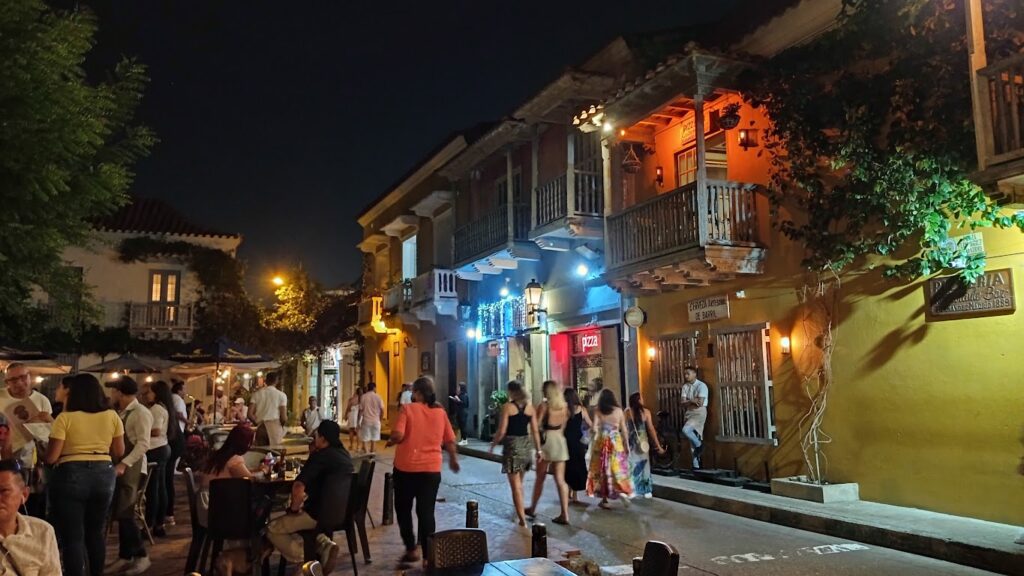
Getsemani, the city’s other colonial-era district, styles itself as where the past meets the present. If the old town is colourful, Getsemani can only be described as a riot of colours: it’s a feast for the eyes, with a plethora of street art and murals all around the neighbourhood. At night, the streets come alive, and Plaza de Trinoleta is the best spot to sit and soak in the atmosphere, with delicious street food served up against the backdrop of traditional Colombian music in the background.
As well as art lovers and culture vultures, budget travellers will love this area too: despite being five minutes away, prices here are significantly lower than in the old town, with a plethora of hostels and cheap eateries.
You can also do a lot of lovely day trips from Cartagena, such as snorkelling trips, birding tours in the mangroves and monkey spotting in a nearby tropical dry forest.
Cartagena warnings and heads-ups
As the royal rule of Shoestring Safari is Be Genuine, it has to be said that it’s not all sunshine and rainbows.
The tourist crowds the city attracts have resulted in higher prices than the rest of Colombia, with rip-offs particularly rife here. The flip side to Getsemani’s lively streets is that noisy nights are practically guaranteed, whatever day of the week it is. Light sleepers will want to stay in a more modern district – fortunately, there are plenty of Airbnb’s in these parts of Cartagena, and many of these can be cheaper. I managed to get a private room with an ensuite this way for the same price as a dorm bed in Getsemani.
Another thing that particularly irked me were the street vendors – Cartagena’s are much more persistent than in the rest of Colombia, and although they do take “no” for an answer eventually, it will take quite a few no’s. Many, especially the bead vendors, will also offer you cocaine. Show some respect for Colombia and don’t take them up on it.
Enjoyed this post? Nice one!
If there’s anything I’ve missed please feel free to contact me or let me know in the comments below. Likewise if you’d like to thank me, and if you want to do so in another way then please consider making some of your trip’s bookings through the following links. By doing so I’ll earn a small commission, and it won’t cost you a penny more!
Hostelworld – has a wide array of options in Cartagena, from trendy hostels to old town guesthouses.
Busbud.com – This site makes booking bus tickets in Colombia nice and easy since it’s all in English, plus the buses they feature are generally large, comfortable coaches.



